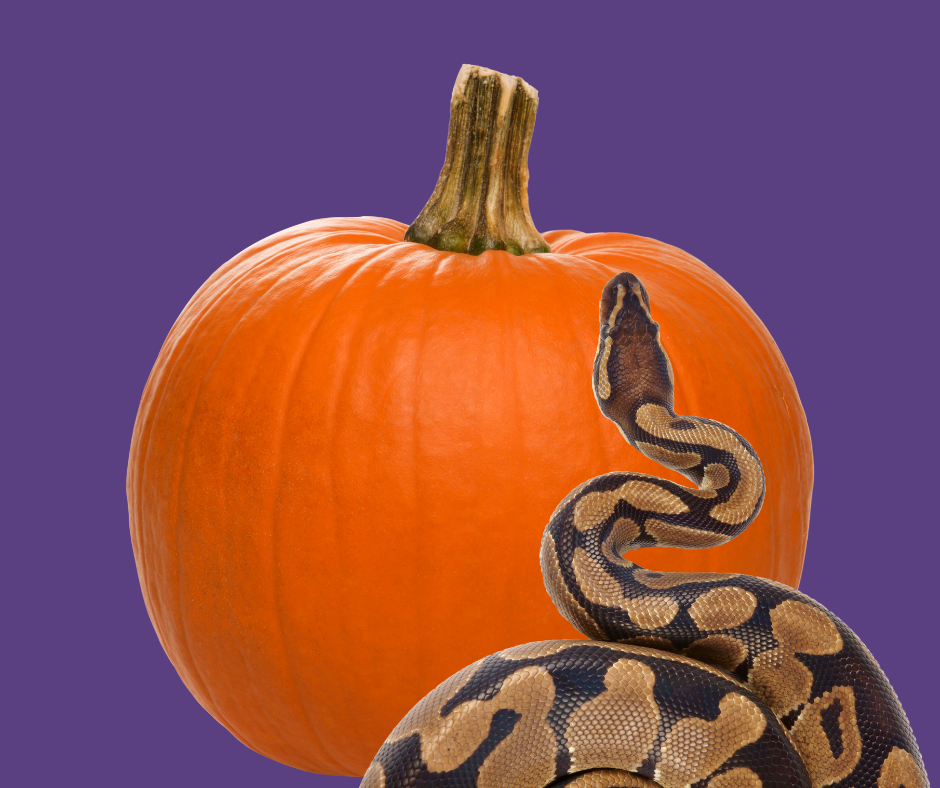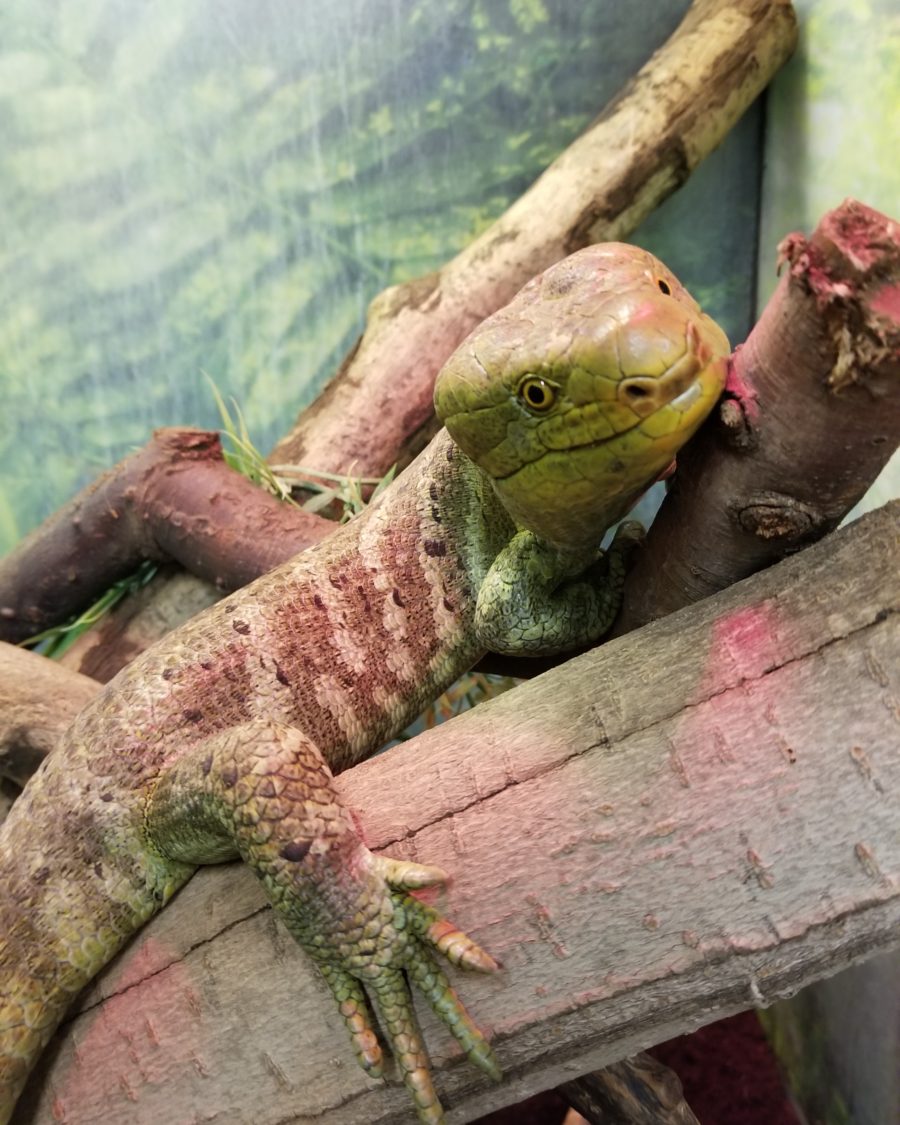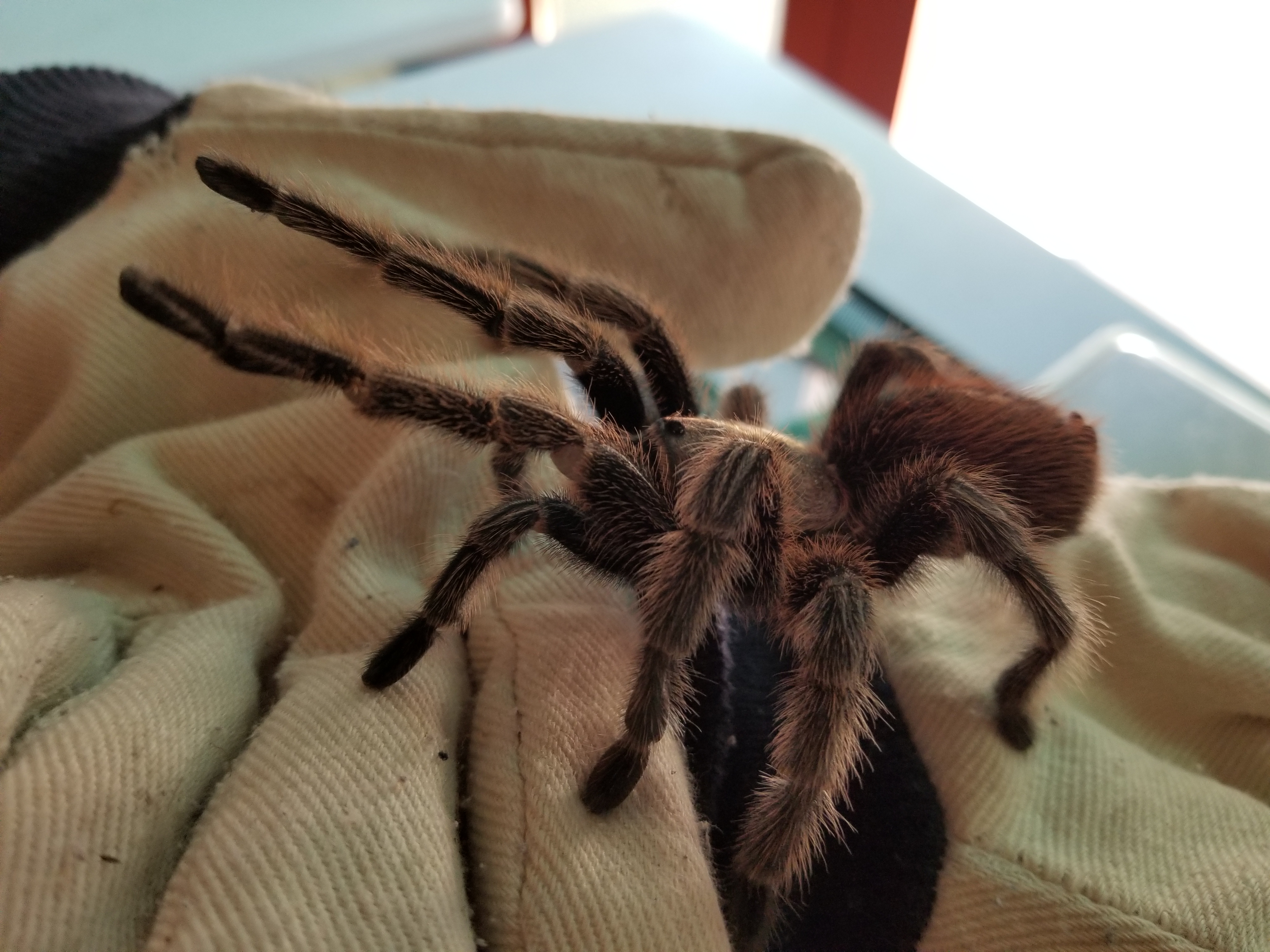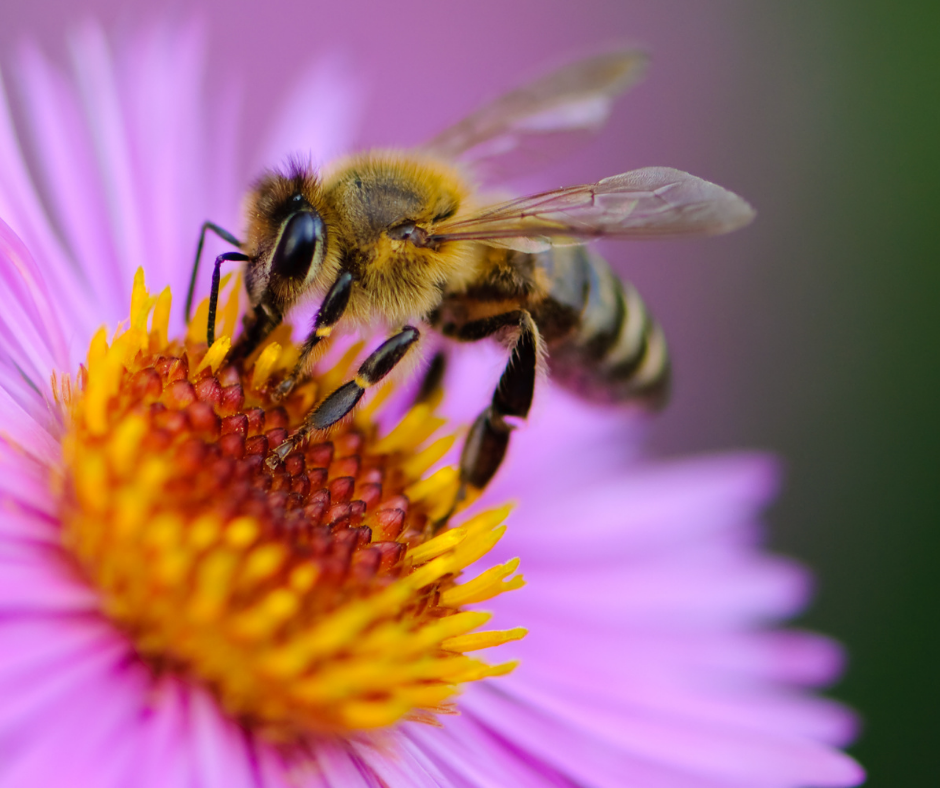
- VisitSupport Happy HollowDONATE TODAYExploreSupport Happy HollowDONATE TODAYLearnSupport Happy HollowDONATE TODAYSupport
-
Today's Hours: 10:00 am to 4:00 pm
Happy Hollow Blog
Not-So-Creepy Crawly Critters
October 16, 2020

Do certain insects and animals give you the heebie-jeebies? We hope to demystify some of these creatures and show you that these critters are actually quite fascinating!
Meet our not-so-creepy crawly critters!
Madagascar hissing cockroaches

Think Madagascar hissing cockroaches are gross? It may help to know that unlike American cockroaches, hissing cockroaches do not spread disease, seek out sewage, or share human habitations. they prefer to keep to themselves in the relatively clean shadows of the forests of Madagascar, and are important contributors to their ecosystem. Now doesn’t that make you feel better? (Learn more about hissing cockroaches!)
M’Changa, Kenyan sand boa

October may be the spooky season, but this month we want to introduce you to some so called “danger noodles” (i.e. snakes) that pose no threat to humans. Kenyan sand boas are non-venomous, and are known for being gentle, curious and non-aggressive. (Learn more about Kenyan sand boas!)
Munda, Prehensile-tailed skink

Some people think lizards are slimy or frightening, but they are quite the opposite. They actually have smooth scales that are dry to the touch. As for Munda, she always looks happy to see you! (Learn more about prehensile-tailed skinks!)
Maisey, Corn snake

The way snakes silently slither give some people the heebie-jeebies, but corn snakes are non-venomous and don’t pose any threat to humans. They are sometimes mistaken for the venomous copperhead, but this species actually helps farmers by eating mice, rats and insects that infest grain fields and storage buildings. Our advice: If you see any snake in the wild, give it lots of space and admire from afar. (Learn more about corn snakes!)
Peaches, Chilean rose-haired tarantula

The thought of a tarantula crawling on you might be a big “NOPE!” However, Chilean rose-haired tarantulas are known for their gentle demeanor, and will only bite if they feel threatened. Their venom is not strong enough to cause significant harm to humans, and is only about as powerful as a bee-sting. (Learn more about Chilean rose-haired tarantulas!)
European honeybees

And speaking of bees, although they do have stingers, European honeybees are actually quite docile, and are essential to our food systems. Some people keep bee hives to help crop production, and to harvest honey – nature’s candy! (Learn more about European honeybees!)

The more you learn about these amazing animals, the less “creepy” they become. While these insects, snakes, lizards, and arachnids should not warrant fear, like all wildlife, they deserve respect, and should only be admired from a distance, or handled by a professional.